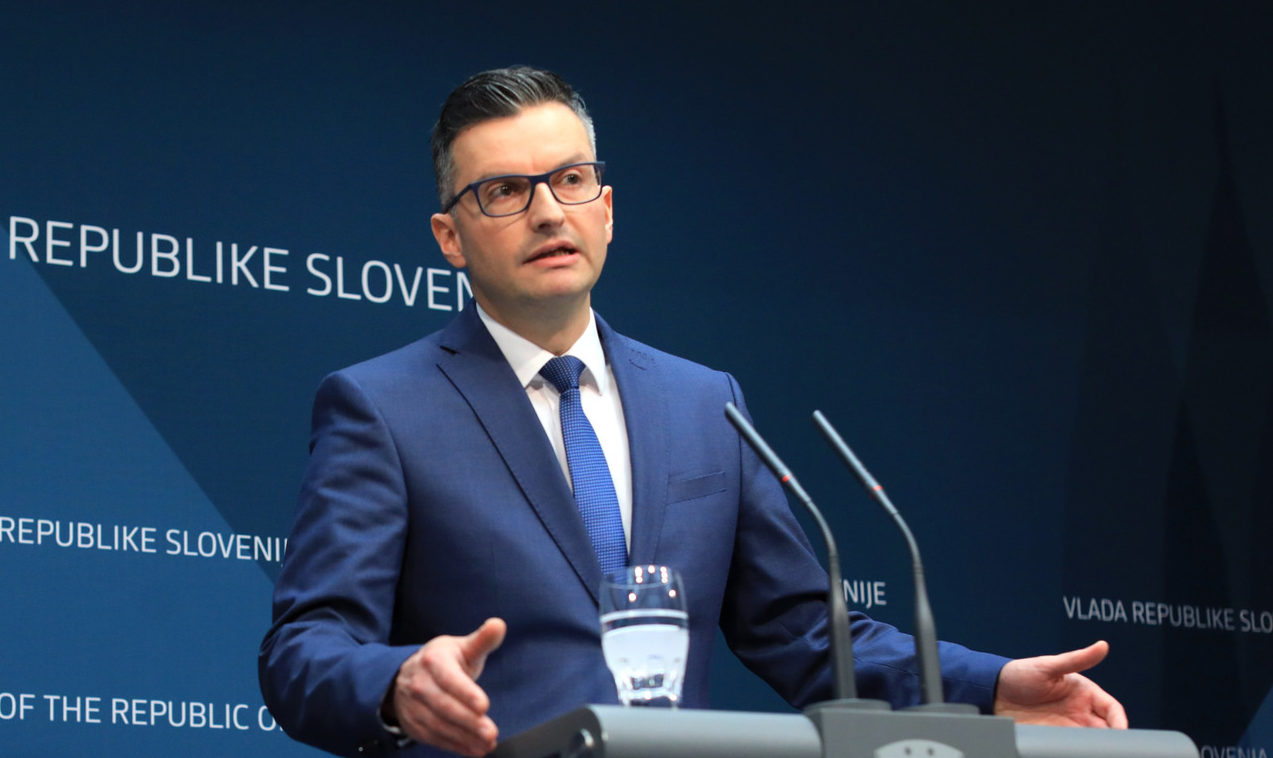Election results reflect changing political landscape in Ireland

Irish Prime Minister Leo Varadkar on Sunday night was re-elected by a narrow margin as a member of the lower house of the Irish parliament in the country’s general election, indicating declining support for his ruling party Fine Gael.
In Ireland, one can not be a prime minister or serve in the cabinet without being elected as a Teachta Dála (TD) in the country’s lower house.
The total number of votes Varadkar managed to grasp from his constituency Dublin West was 8,763, only 37 votes more than the minimum required quota for an elected TD, according to figures announced by a returning officer at Dublin West count center late on Sunday night.
More embarrassing is that Varadkar’s victory did not come until after five rounds of vote counting whereas a candidate fielded by Sinn Fein party in his constituency got elected in just one round of counting by amassing 12,456 votes, accounting for nearly 29 percent of the total votes of the Dublin West constituency.
Varadkar’s narrow escape reflects a drastic change in the country’s political landscape, which has surprised not only Varadkar himself, but also many others.
By 4:30 a.m. local time (0430 GMT) on Monday, the official results of the vote count showed that out of the 78 seats filled in the 160-seat Dail, 29 seats went to Sinn Fein while Fine Gael secured only 14 seats, not only much lower than Sinn Fein but also two seats less than Fianna Fail, another major political party in Ireland, which has swapped power with Fine Gael to govern the country since the 1930s.
In sharp contrast with Varadkar and Fianna Fail leader Micheal Martin, Sinn Fein leader Mary Lou McDonald easily beat her rivals to become an elected TD by winning nearly 36 percent of the votes from her Dublin Central constituency in the first round of counting.
Martin did not get elected from his Cork South-Central constituency until after six rounds of counting and received less than 20 percent of the votes from his constituency.
The rapidly growing popularity of Sinn Fein among the Irish voters, especially younger voters aged from 18 to 35, is mainly due to the party’s promises to combat soaring housing prices and deteriorating public health problems as well as its call for unification between Ireland and Britain’s Northern Ireland after Brexit, analysts said here.
Commenting on the performance of Sinn Fein in the election, Varadkar lamented that “it seems that we have now a three-party system.”
Nevertheless, he has insisted that his party will not form a coalition with Sinn Fein in the next government.
“You can’t force a coalition any more than you can force a marriage,” he said while visiting the Dublin West count center on Sunday afternoon, citing Sinn Fein’s incompatibility with his party’s views.
However, Fianna Fail leader Micheal Martin has softened his position, saying that his party is open to coalition talks with any party.
Though vote counting is still under way, many watchers here said that the final results of the election will basically match with the results of an exit poll released immediately after the conclusion of the election on Saturday night.
The poll showed that Fine Gael, Fianna Fail and Sinn Fein were all tied at about a 22-percent support rate in the election.
Political analysts said that
the situation in which the three big parties in the country run neck and neck in the election would make the formation of the government very difficult and it could even take a few weeks to see the new government formed.
Some of them even warned that a new general election could be called under the worst scenario in which no coalition government or a minority government can be formed.
According to Irish law, any government to be formed must win the support from half of the members in the Dail.
Sinn Fein has fielded a total of 42 candidates in the general election, which means that the ceiling for the number of its seats in the Dail is capped.
In the last Dail, which was dissolved on Jan. 14, 2020, Sinn Fein held 22 seats, ranking third in the 158-seat Dail, whereas Fine Gael and Fianna Fail held 47 and 45 seats respectively.
The number of seats in the coming Dail has increased from 158 to 160 due to a change in the country’s population.
The counting of the votes, which kicked off at 9 a.m. on Sunday, was suspended at about 4:30 a.m. on Monday and will be resumed later in the day.
Source: Xinhua – by Zhang, DUBLIN



